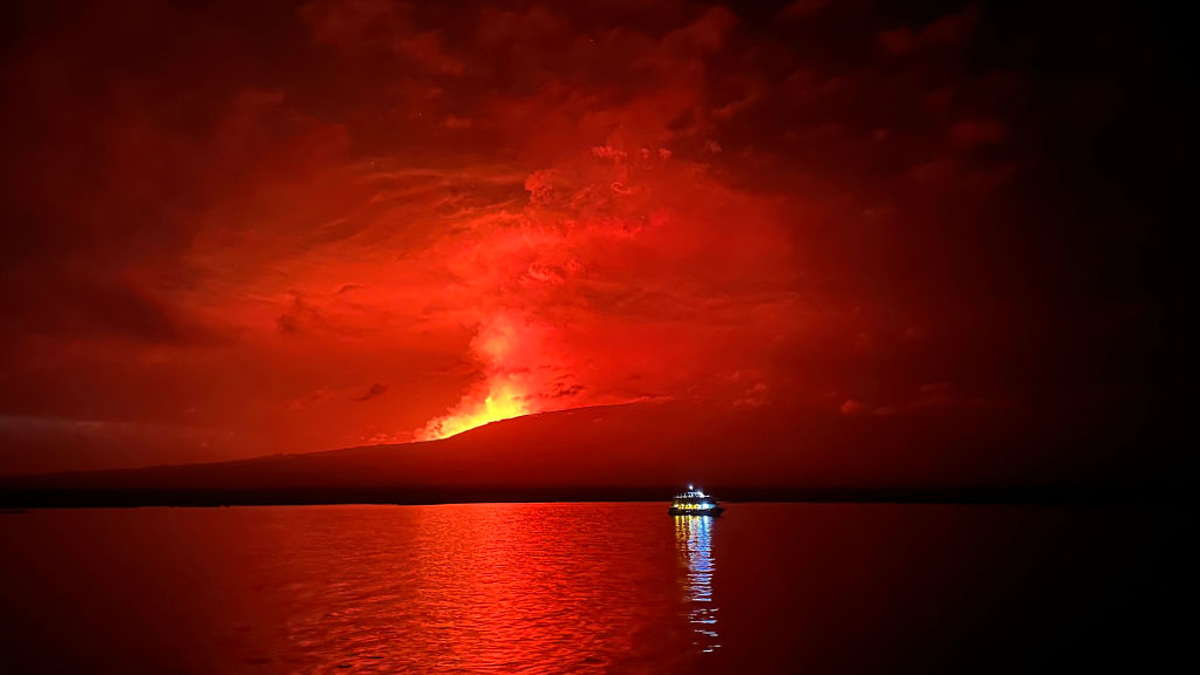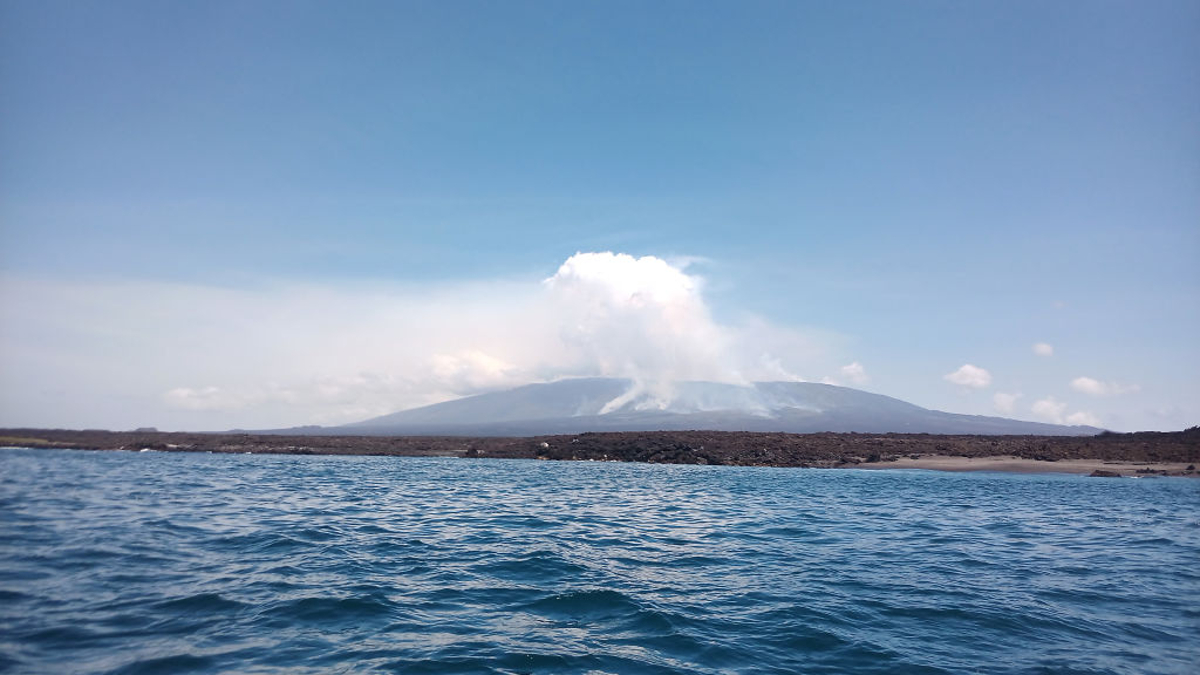Ruggedly beautiful and stunningly remote: The Galapagos Islands are a dream destination for many travelers, especially those who love seeing rare nature.
It’s not just their unique aesthetic and untouched charm that brings tourists to their shores, though. The islands hold a special place in the history of scientific thought and are widely known as the place that allowed Darwin to come to his conclusions about the theory of evolution.
Despite what some angry politicians in certain states might say, the theory of evolution has as much evidence behind it as the theory of gravity. It is, as far as science goes, an indisputable fact. And a big reason for that is the special biodiversity that reigns supreme on the islands.
But how did this small chain of landmasses, just off the coast of Ecuador, come to harbor so many interesting and unique species, with such subtle yet vital variations from their fellow creatures?
Why are the Galapagos Islands famous?

The Galapagos Islands are a volcanic archipelago that’s part of Ecuador. They sit in the Pacific Ocean, around 1,000km off the coast, and the group of landmasses has long been considered one of the premier spots in the world for spotting unique wildlife of all kinds.
Although there is some evidence that the islands were reached by Polynesians before European sailors discovered them in the 16th century, it’s generally accepted that they were not a spot that humans inhabited for long periods of time. If you visit them, this makes sense, as the islands are mostly volcanic rock and not exactly full of arable land.
The seemingly barren islands quickly became a haven for pirates and were first mapped by the English buccaneer and occasional pirate William Ambrosia Cowley while he was serving under John Cook. Until the 19th century, they were mostly used as a base for whalers and other kinds of sailors, and, in classic Colonial style, many of the natural species (including the Galapagos Turtle) were hunted until near extinction.
In 1822 Ecuador gained independence from Spain, and a decade later the islands were claimed as part of the country. The small communities who called the island home consisted of sailors and Ecuadorian criminals, the latter of whom settled on the island in exchange for having their death sentences commuted.
It was in 1835 that Darwin, aboard the HMS Beagle, came to the islands. He made a number of startling observations, including slight differences in mockingbirds depending on the islands on which they resided, and that tortoises from each island could be distinguished by their shell patterns.
When he returned to England, he noticed that some bird specimens he had collected and thought were different animals were actually all various species of finch. It was from this (and other observations he’d made) that he went on to put forward his theory of evolution by natural selection.
While this was a very big deal, it has to be noted that Darwin didn’t just come up with the theory of evolution on his own. There were a number of prominent thinkers (including Darwin’s grandfather) who had posited similar ideas previously. But the observations Darwin made on the Islands formed the basis of the evidence needed to prove evolution via natural selection was an indisputable fact. Since then, the Galapagos Islands have been a byword for evolution and scientific discovery.
What happened to the Galapagos Islands to create the diversity found there?

Despite being widely known for their diversity, the Galapagos Islands aren’t exactly exploding with wildlife. Compared to the mainland of South America, especially the region around the Amazon Basin, there are actually very few species. This is to be expected, considering they are a small chain of mostly rocky islands that are nearly a thousands miles from Ecuador.
However, it’s this isolation that makes them special, and why they have such a range of diversity among the small numbers of species that actually do live there. The fact that the islands are so harsh and remote means that the animals that did survive on their shores did so via evolving specific traits that would help them to live, rather than diversifying wildly. Basically, the species that live there have niche abilities and features that allow them to thrive in their very specific environment, and because each island is slightly different, they evolved differently.
The fact they’re so far away from anything else also means that they’re relatively free of invasive and introduced species, which means that we can get a much clearer view of how natural selection works by studying the animals and insects on the island. Because they have had to adapt to unique conditions, they have grown in unique ways.
The lack of human contact for so long is another reason the Islands have evolved such interesting diversity. Despite what we want to think about ourselves, humans have a long history of destroying perfectly balanced ecosystems, and it’s only in recent years that preserving nature has become something that we think about as a species. The wildlife on the Galapagos is so isolated that, in many cases, animals aren’t even afraid of humans.
The unique nature of the wildlife on the animals was commented on best by Darwin in 1845 when he was writing about his experiences aboard the Beagle:
“Considering the small size of these islands, we feel the more astonished at the number of their aboriginal beings, and at their confined range… Hence, both in space and time, we seem to be brought somewhere near to that great fact, that mystery of mysteries –the appearance of the new beings on this earth.”
Because the islands are so remote, it’s likely that the first hints of proper life came over in interesting ways: marine animals caught in currents, birds getting lost in storms, and even seeds being carried over by strong winds are just some of the theories that have been put forward as to how life first started to thrive on the islands.
So, all in all, it’s a combination of their remoteness and the fact they remained untouched for so long that has allowed the Galapagos to become such a special place.

